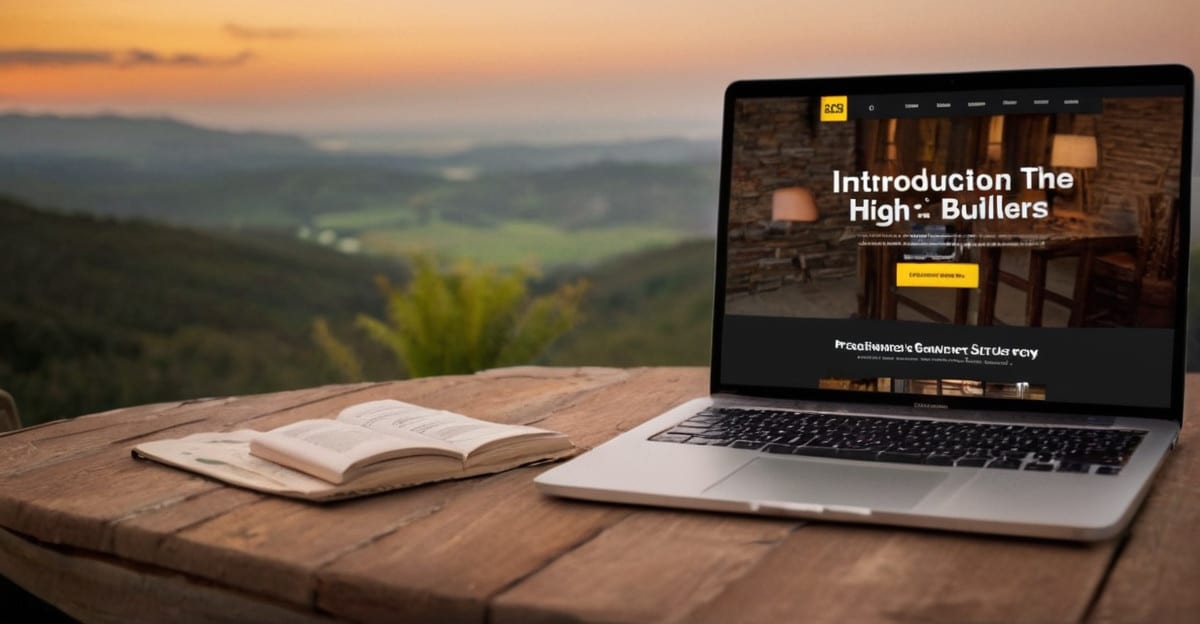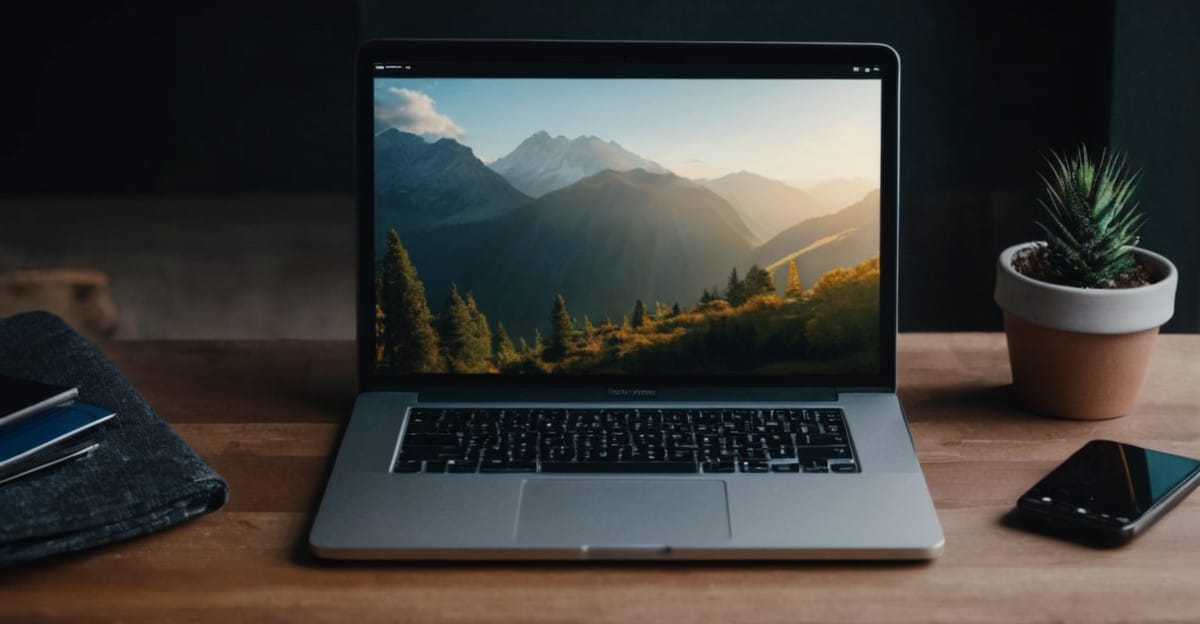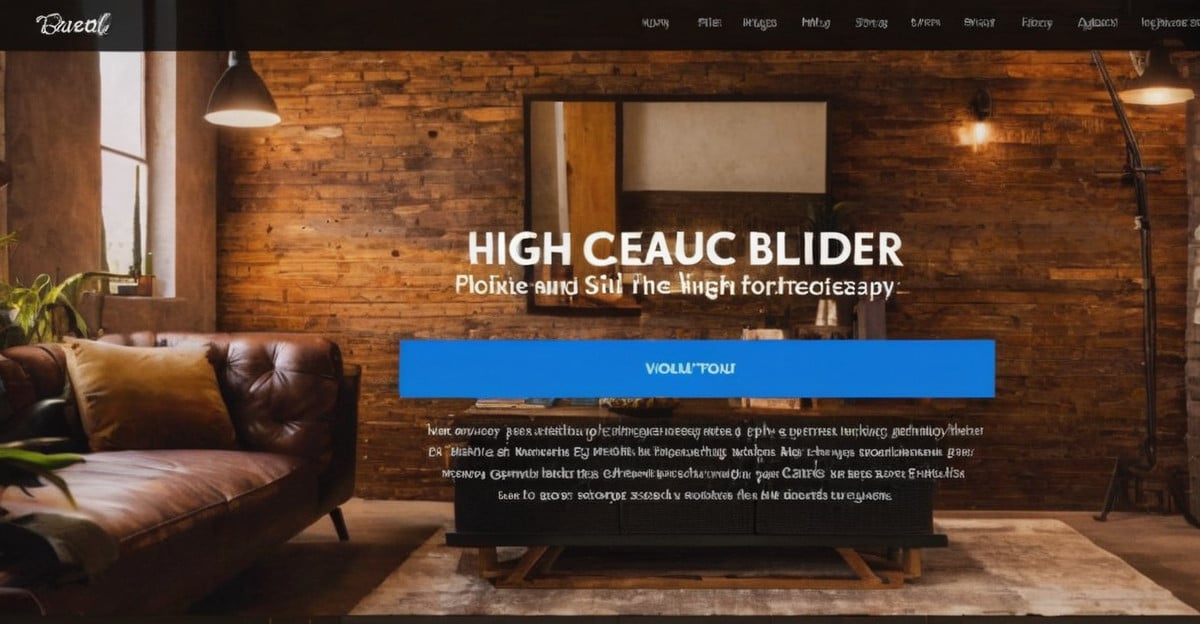
Introduction
In today’s digital age, having a high-quality website is crucial for any business or personal brand. But how do you ensure that the website you get from a freelance builder meets your expectations? In this article, we’ll delve into the secrets of obtaining a top-notch website from freelancers. From selecting the right freelancer to effectively communicating your needs, we’ll cover it all. By the end of this guide, you’ll be well-equipped with the knowledge to get the best possible outcome.
Why Choose Freelance Builders?
Freelance builders offer a unique blend of flexibility, creativity, and cost-effectiveness. Unlike large agencies, freelancers often provide more personalized services and can adapt quickly to your specific needs. **Freelancers** typically take on fewer projects at a time, allowing them to focus more on each individual project. This means you’re likely to get more attention to detail and a higher level of customization.
Identifying the Right Freelancer
Finding the right freelancer is the first step to getting a high-quality website. Start by exploring freelance platforms like Upwork, Fiverr, and Freelancer. Look for freelancers with high ratings and positive reviews. **Portfolio** is another crucial factor; it provides a glimpse into their style and quality of work. Make sure to check if they have experience in your industry or with the type of website you need. Don’t hesitate to ask for references or previous client testimonials.

Evaluating Portfolios
When evaluating portfolios, pay attention to the **design aesthetics**, functionality, and user experience of the websites they’ve built. A good portfolio will showcase a variety of projects, demonstrating the freelancer’s versatility. Look for clean, professional designs and ensure the websites are responsive (work well on both desktop and mobile devices). Additionally, check the loading speed of the websites as this is a critical factor for user experience and SEO.
Setting Clear Expectations
Once you’ve chosen a freelancer, the next step is to set clear expectations. This involves detailing your requirements, timeline, and budget. Provide examples of websites you like and specify the features you want. **Communication** is key; make sure there’s a mutual understanding of what needs to be achieved. Use project management tools like Trello or Asana to track progress and maintain regular updates.

Importance of a Comprehensive Brief
A comprehensive brief can make or break your project. Include all necessary details such as your brand guidelines, color schemes, and any specific functionalities you require. The brief should also outline your target audience and the primary goals of the website. The more detailed your brief, the easier it will be for the freelancer to deliver a website that meets your expectations. **Include wireframes or sketches** if possible, to provide a visual reference.
Regular Feedback and Revisions
Providing regular feedback is crucial for ensuring the final product aligns with your vision. Set up regular check-ins and review milestones throughout the project. **Constructive feedback** will help the freelancer understand what changes need to be made. Be specific about what you like and what you don’t, and always provide examples when possible. Remember, revisions are a normal part of the process, so don’t hesitate to ask for changes if something isn’t right.
Testing and Quality Assurance
Before the website goes live, thorough testing is essential. This includes checking for **bugs, broken links, and ensuring all functionalities** work as intended. Test the website on different devices and browsers to ensure compatibility. User testing is also beneficial; get feedback from real users to identify any usability issues. A well-tested website not only provides a better user experience but also improves your SEO ranking.
SEO Considerations
SEO is a critical component of a high-quality website. Ensure your freelancer is knowledgeable about **SEO best practices**. This includes optimizing meta tags, using alt text for images, and ensuring the website has a clean URL structure. Content should be well-organized with appropriate headings and keywords. A site map and a robots.txt file should be included for better indexing by search engines. Consider integrating tools like Google Analytics and Search Console for ongoing SEO management.
Post-Launch Support
Even after the website is live, the work doesn’t stop. **Post-launch support** is crucial for handling any issues that may arise and making necessary updates. Discuss with your freelancer about post-launch support options. Some freelancers offer maintenance packages that include regular updates, backups, and security checks. Ensure you have access to all necessary credentials and understand how to make basic updates yourself.

Conclusion
Getting a high-quality website from freelance builders requires careful planning and clear communication. By choosing the right freelancer, setting clear expectations, providing regular feedback, and ensuring thorough testing, you can achieve a website that not only looks great but also performs well. Remember, the key to success lies in the details and the ongoing collaboration between you and your freelancer. Follow these steps, and you’ll be well on your way to owning a top-notch website that meets all your needs.







